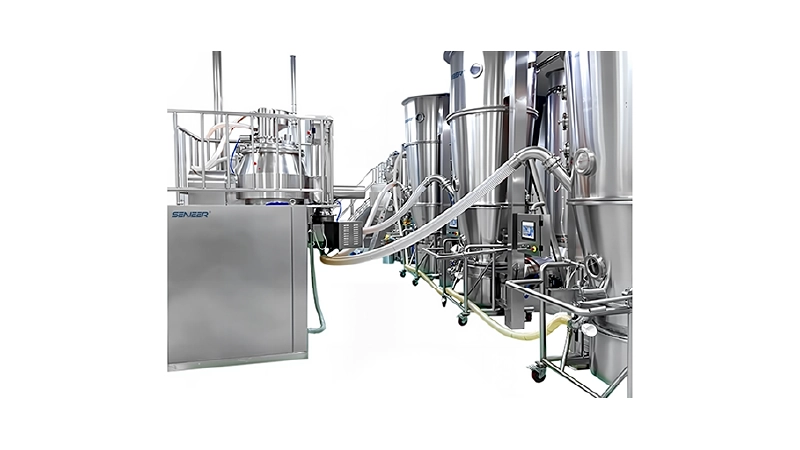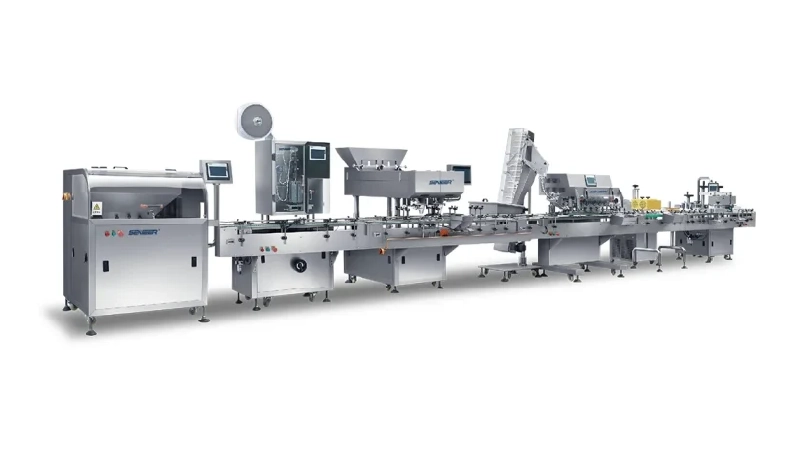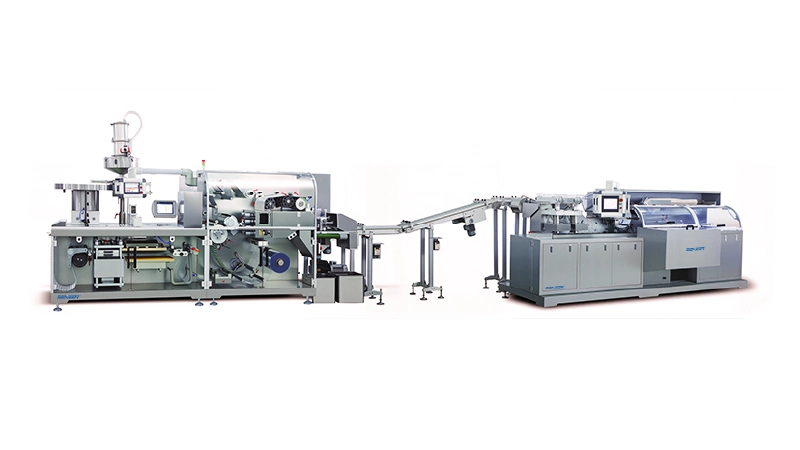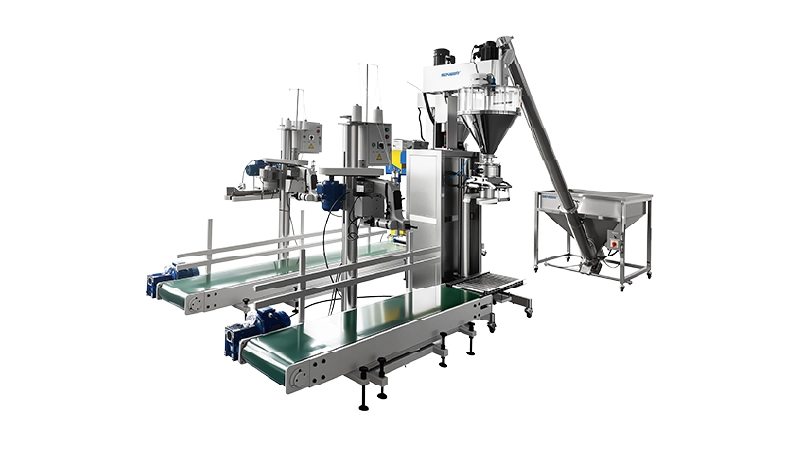Emerging cell therapies aim to produce cell populations for clinical indications such as cancer, autoimmune and cardiovascular diseases. As hospitals and translational institutions explore implementing this technology, they are simultaneously evaluating whether to manufacture cell therapy products on-site. Manufacturing transitions require adherence to current Good Manufacturing Practice (cGMP) to ensure that treatments are safe and meet quality standards.
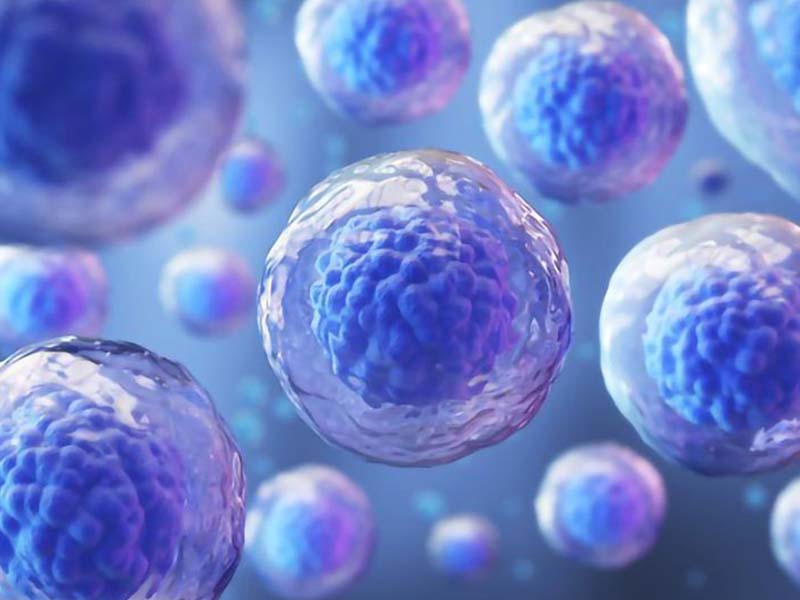
Precautions For Starting To Use GMP Standard Production
“If you plan to manufacture cell therapy products, compliance with government regulations is not an option, it is a must. Although it is full of challenges, the process is not difficult. If a laboratory has the ability to start cell therapy production intended, then the planning and organization of production work should take place as early as possible to meet compliance requirements,” said independent consultant Dr Helen Huls. “Because regulatory approval is required prior to clinical use, the sooner the compliance effort begins the better. Be sure to meet all relevant requirements and obtain safe operating documentation from government agencies.”
Enforced by the U.S. FDA, cGMP provides a common regulatory framework to ensure that manufactured human pharmaceuticals and biological products are of acceptable quality and that manufacturing processes and facilities are properly designed, controlled and monitored.
These requirements are the minimum and are intentionally flexible so that manufacturers can implement the necessary controls and enable continuous improvement. Similar regulations implemented by other countries and international organizations are often referred to as GMPs.
“The framework is not specific to any one type of biological or pharmaceutical product, it is a model of manufacturing. The process is controlled and expected,” said Steven Keizer, senior manager of quality assurance at CCRM and manager of the GMP program. “You have to make a plan before implementing it, execute it exactly as planned, and then prove that you are executing according to plan and can improve the system. cGMP production can be very monotonous. If the production process makes you feel interesting, then Usually means something is wrong.”
Quality Control
As Dr. Huls emphasizes, the sooner process production documentation and data collection for compliance occurs, the better. She recommends starting with a strong quality management system (QMS) with documented procedures to ensure oversight during production. Regulation should include appropriate review and approval procedures; include testing standards that can effectively test for sterility, consistency, purity, and potency; and be reviewed and understood by other agencies.
An experienced quality professional knows what is important, what information needs to be documented, and the minimum standards for transitioning from the research bench. Although hospitals and translational facilities have quality assurance programs, they may not be familiar with cell therapy regulations. If it is not convenient to hire a quality manager, a consultant can be used to understand the steps and how to properly collect data. Quality must be incorporated into every step of the design and manufacturing process to avoid unnecessary problems. Granted, quality systems are costly, require time and resources, and cannot be finalized due to continual improvement; but, like insurance, they are invaluable when things go wrong. From a practical standpoint, compliance documentation is the ultimate goal. Consistency is critical, so the prescribed procedures must be strictly followed every time.
A quality management system (QMS) encompasses quality, manufacturing and marketing personnel to ensure they all perform according to the requirements for manufacturing and marketing pharmaceuticals. Do not confuse a QMS with an IT system, a QMS is a complete set of documents, systems and facilities that aid in the production of a product. QMS needs to be able to evolve continuously, and the field of cell therapy production is still learning and perfecting. It is recommended not to overcomplicate things at first. A good strategy is to develop a plan that allows for continuous improvement to guide the future direction of the system.
Originally strictly defined production processes can be difficult to reproduce, since new plants have no production data and thus no experience. In addition, the small number of batches required for Phase I and II clinical trials of any one product also limits the process of learning to refinement. The process may not be perfect until it reaches a commercial level, which underscores the importance of continuous optimization thinking and the need to start documenting processes and changes early on. At CCRM, Keizer used the recently published European Commission Advanced Therapy Medicines (ATMP) GMP Guidelines to develop this framework. The guidance is entirely risk-based, with a very broad understanding of the complexities and real shifts in traditional small molecule regulation to ensure cell therapies can get off the ground.
“Initially, the sheer volume of documentation can be daunting. Well-structured data and an implementation plan will help the process go smoothly. New items will emerge along the way that need to be addressed,” says Dr. Huls.
“For example, the FDA requires assurance that cGMP-grade raw materials and reagents are available. After appropriate validation procedures and prior discussions with FDA, RUO products may be approved for use if cGMP-grade products are not available. This decision is data-dependent and the final decision rests with FDA .”
As mentioned earlier, cGMP incorporates methods for designing, controlling and monitoring processes. Testing a small number of samples from a batch after production does not guarantee quality. The process must be controlled and consistently produce a usable product.
“If you want someone to follow a certain path, you have to give them the means. Changing behavior is challenging, so cGMP incorporates a lot of behavior management. A choice is made between them. Then testing has to be done to make sure the change has the desired effect,” Keizer added.
“You should simplify management, not have a system that is so cumbersome that people are ‘playing football’ all day long, and have a highly visible system so that if things get out of control, you or someone outside will know right away. It’s both an art and a science. ”
Another hurdle is on-site audits, which are standard business practice required by the relevant health authorities.
“You have to be ready for inspection at all times. To facilitate a facility audit, the system must be transparent so that the level of compliance can be easily demonstrated. Some human and minor documentation issues are another story. However, if the audit reveals a data integrity issue, it’s an indication The systems used were not powerful enough to monitor the production process,” says Keizer.
“Data must be readable, easily retrievable and permanently stored. Automated testing and production system controls must be in place to ensure data integrity.”
Automated Production Of Autologous Cell Therapies
It is very common to underestimate the scalability of a process. Research scientists may be unfamiliar with bioprocessing equipment or must consider the logistics of biological storage, product shipping, documentation and chain of custody, and items necessary to demonstrate quality control. Hiring experienced personnel can solve this problem. Autologous cell therapy uses living cells, which require external conditions, such as gas and media changes, to survive. To minimize contamination, regulators would like to see plans for functionally closed manufacturing processes, for example, with dedicated filters for replacement. To improve product quality, consideration should be given to the use of pre-processed raw materials or automation. The older system may pale in comparison by today’s standards, especially for newer cell therapy products.
Due to previous therapeutic interventions, the starting material for each patient is highly problematic, even at the best of times. Furthermore, an individual patient’s T cell population may vary depending on when extracted or harvested; the starting phenotype of these sensitive cells will vary. “Autologous cell therapy is a very difficult product to develop. The starting material varies from patient to patient; there is no one-size-fits-all approach. You have to demonstrate that the manufacturing process is reproducible, that you can test and Research product quality and deviations, and run a reliable testing laboratory,” advises Dr. Huls. “If you are considering cGMP automation tools to help you with your task, the equipment has to revolve around your process, you can’t have your process revolve around the instrument, and you shouldn’t evaluate equipment based solely on current requirements. Adaptability and flexibility are Crucial. Processes may change as better methods for cell survival and quality optimization are developed and implemented.” Automation removes the human variables that are always present in manual handling. Even if an instrument is slower than a human, it will still perform better because it keeps repeating the same job.
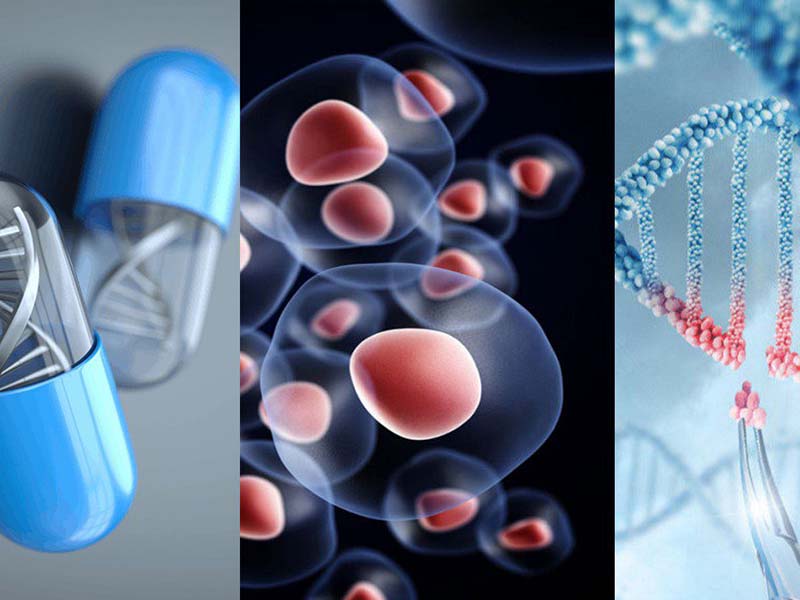
“Scientists are always problem solvers, and often in manual processes, they solve problems even if the records are incorrect. That’s fine for R&D, but for production, continuous improvement is needed. Automated systems allows you to actually perform root cause analysis,” noted Dr. Huls. “Introducing a device into a cGMP facility is a multi-step process that includes determining design qualifications (describing the requirements), applying available specifications to the requirements, determining the most appropriate sequence, and then making a selection. At CCRM, we focus on what is best for production , and how it satisfies product demand regardless of capital costs,” Keizer concluded.
Certification Resources
cGMP certification is issued by the regulatory authority for the respective market, as determined by the marketing authority. Guiding principles have been developed by individual countries, as well as by the World Health Organization (WHO), the European Commission, and the International Technical Harmonization of Pharmaceuticals for Human Use (ICH). Other third-party certifications from organizations such as ISO or FACT focus on standardized practices and procedures, which can be very valuable and enhance the reputation of a production facility.






